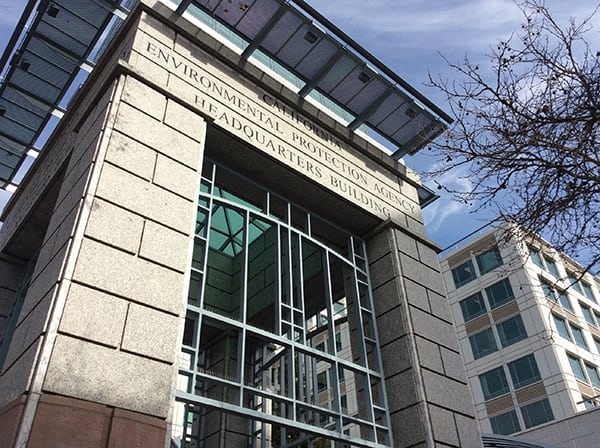EPA Proposes Tighter Controls on NOx Emissions from Power Plants, Industrial Sources

A sweeping new proposed rule published in the Federal Register by the Environmental Protection Agency (EPA) on April 6 establishes new nitrogen oxide (NOx) emissions budgets that will require fossil fuel–fired power plants in 25 states to participate in an allowance-based ozone season trading program starting in 2023.
The proposal, which builds on the agency’s existing Cross-State Air Pollution Rule (CSAPR), seeks to implement the EPA’s 2015 National Ambient Air Quality Standards (NAAQS) for ozone of 70 parts per billion by imposing federal implementation plans (FIPs) on these states using its authority under the “good neighbor” requirements of the Clean Air Act. States affected are: Alabama, Arkansas, Delaware, Illinois, Indiana, Kentucky, Louisiana, Maryland, Michigan, Minnesota, Mississippi, Missouri, Nevada, New Jersey, New York, Ohio, Oklahoma, Pennsylvania, Tennessee, Texas, Utah, Virginia, West Virginia, Wisconsin, and Wyoming.
The EPA’s existing CSAPR ozone-season NOx program limits NOx emissions from fossil fuel–fired electric generating units (EGUs) in 22 states during the ozone season, which runs from May 1 through September 30.…